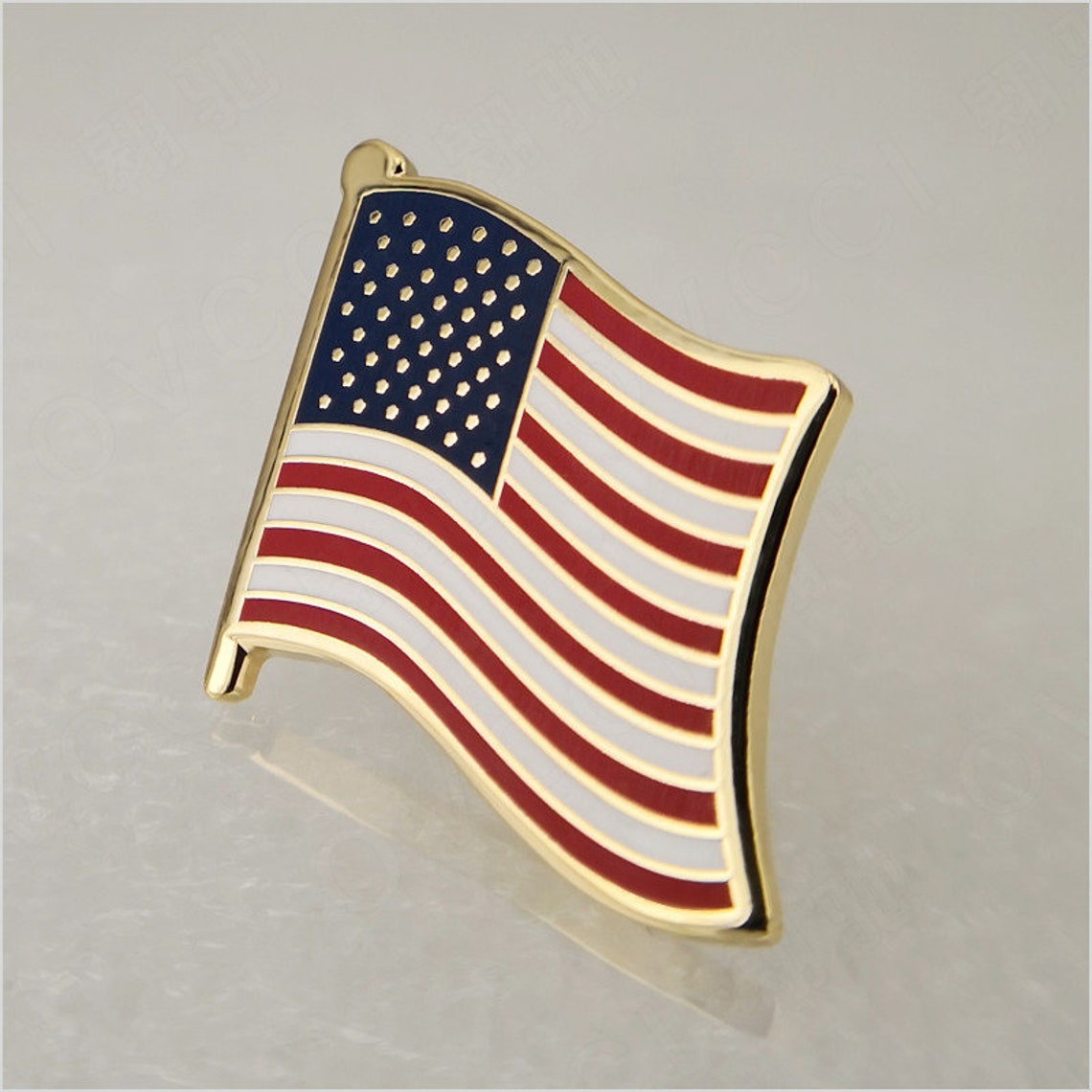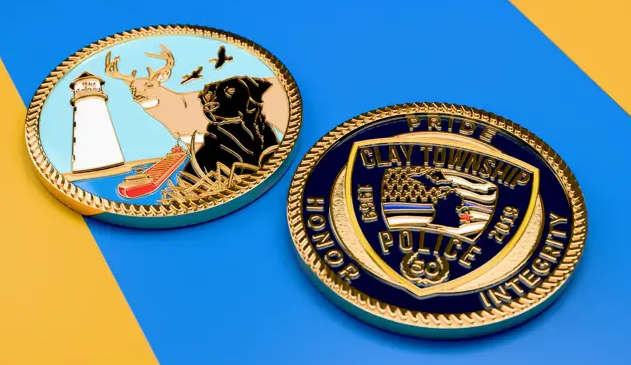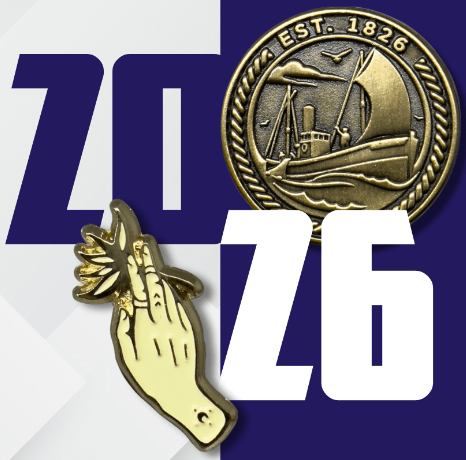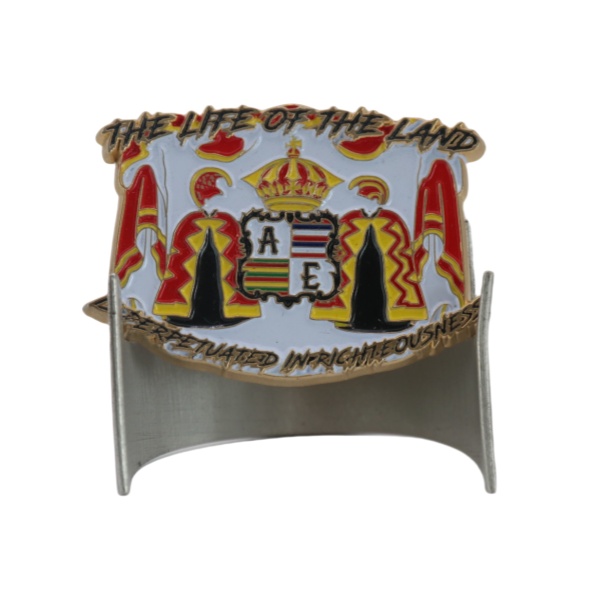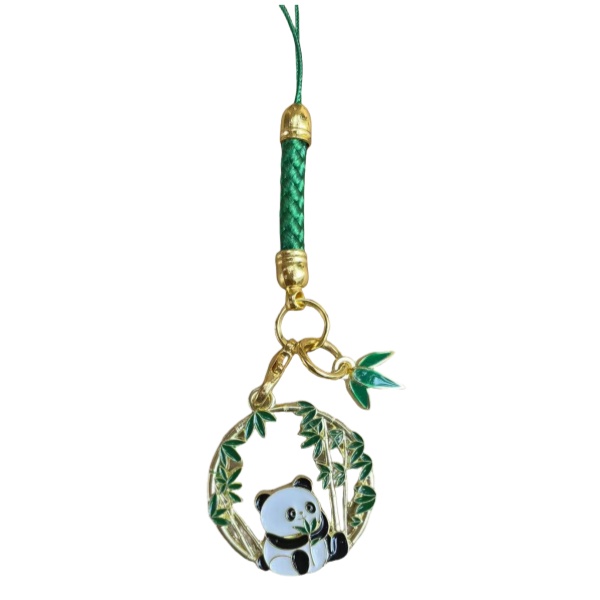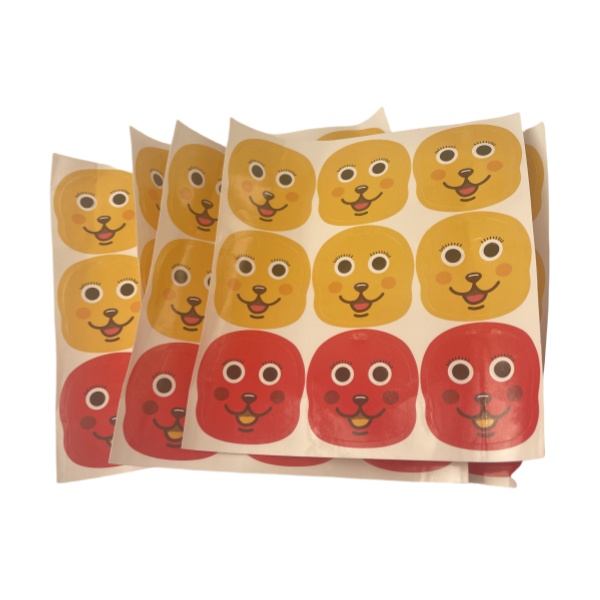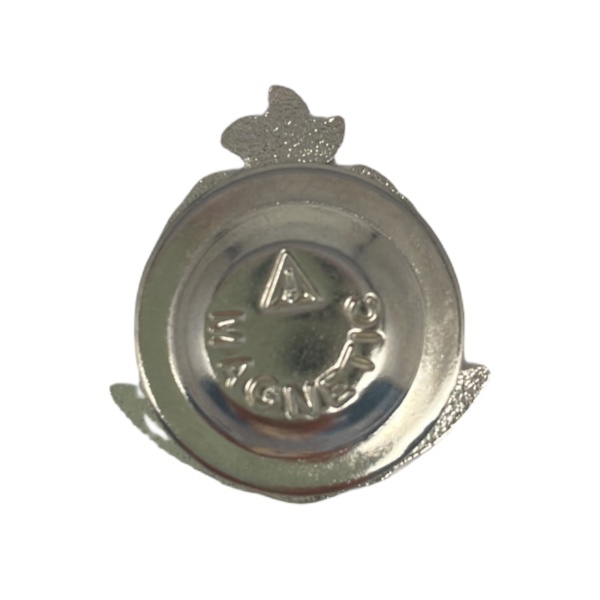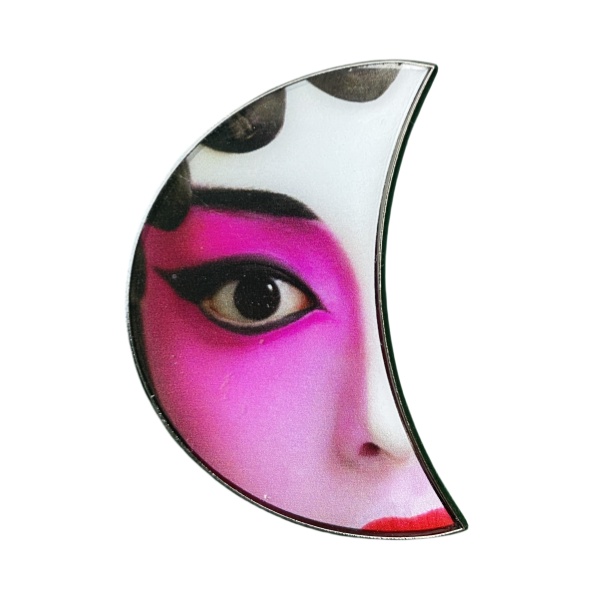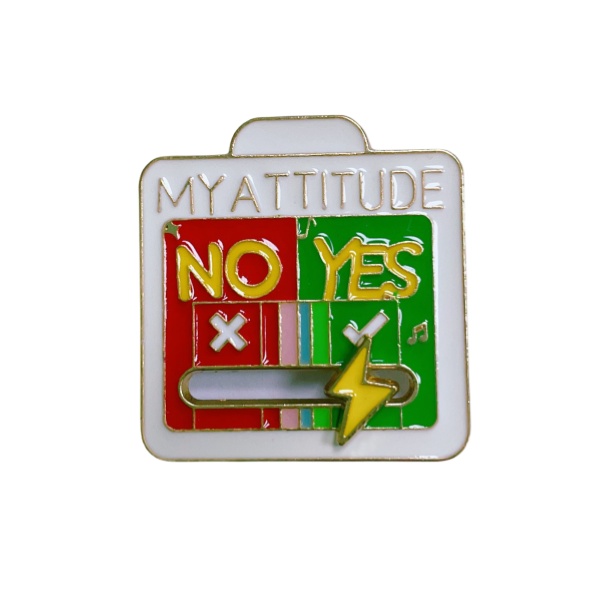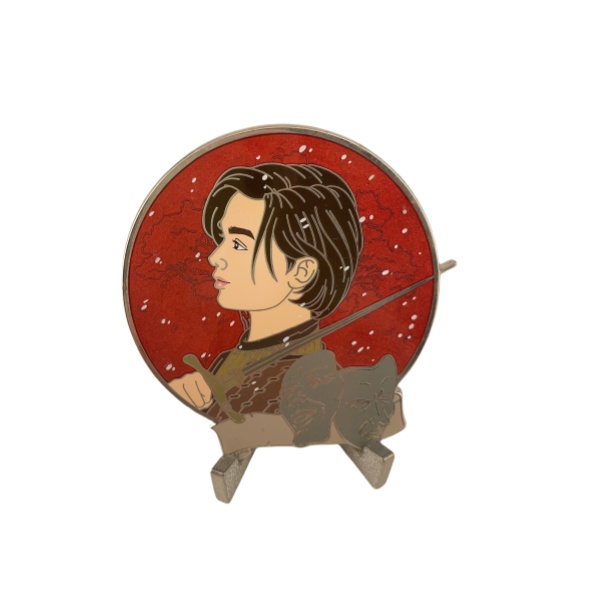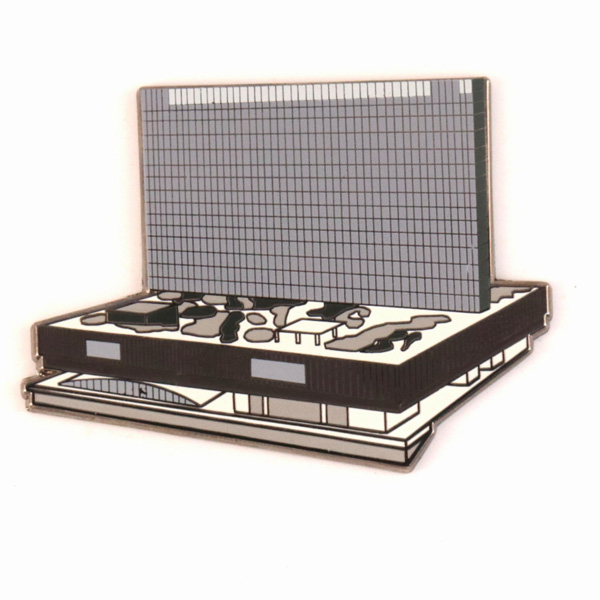Lapel Pin Meanings
As a kind of small ornament or badge worn on clothing, lapel pin is usually pinned on the lapel of a suit, coat or other formal clothing. Commonly, made of metal, zinc alloy, iron, brass& copper& bronze, nickel etc,its meaning and function can be summarized as follows:
1. Decorative effect
Beautify clothing: Lapel pin, with its small and exquisite design, adds a unique charm and personality to the wearer, making the overall shape more colorful.
Fashion element: In the fashion industry, Lapel pin is regarded as a trendy accessory that can show the wearer’s fashion taste and aesthetic concept.
2. Identity identification
Organizational belonging: Many organizations, groups or institutions will design exclusive lapel pins as a symbol of membership. By wearing a specific Lapel pin, the wearer can indicate his or her organizational belonging and identity.
Professional identification: In some industries or professions, Lapel pins are also used as a symbol of professional identity. For example, professionals such as lawyers and judges may wear Lapel pins that represent their professional identity.
3. Commemorative significance
Special events: Lapel pins are often used as souvenirs to commemorate special events or occasions. For example, when attending important meetings, celebrations or commemorative events, wearing the corresponding, lapel pin can express support and commemoration of the event.
Personal memories: For individuals, Lapel pins may also carry special memories and emotional values. For example, family emblems, emblems commemorating deceased relatives, etc. are all Lapel pins with profound meaning.
4.Social functions
Information communication: In some cases, Lapel pins can also be used as a medium for information communication. For example, wearing a specific Lapel pin in a charity event can show support and attention to charity; wearing a Lapel pin representing a specific position in a political event can convey personal political views and attitudes.
5. History and culture meaning
Historical heritage: Lapel pin, as a long-standing accessory form, carries rich historical and cultural connotations. It witnesses the changes in people’s aesthetic concepts, identity recognition and social interaction methods in different eras, cultures and social backgrounds.
Cultural symbols: In some cultures, Lapel pins are also given specific cultural symbolic meanings. For example, in some countries or regions, wearing a specific Lapel pin may represent respect and inheritance of traditional culture.
6.political meaning
In a political context, a lapel pin holds significant symbolic meaning and is often used to express support, loyalty, or solidarity. Here are some common uses of lapel pins in politics:
Patriotic Symbols: Many politicians and public figures wear lapel pins that display national symbols, such as the country’s flag, to show patriotism and national pride. This practice is common during important national events, international meetings, or public speeches.
Party Affiliation: Lapel pins may feature symbols, colors, or logos associated with a specific political party, indicating the wearer’s political allegiance. This is particularly common during election periods, where wearing a party’s pin clearly expresses support for that party.
Campaign Support: During election seasons, candidates and their supporters often wear lapel pins with the candidate’s name, slogan, or campaign logo to promote the candidate and show support. This helps increase the candidate’s visibility and encourages others to join the cause.
Awareness and Advocacy: Lapel pins can represent support for specific social issues or movements, such as environmental concerns, human rights, or health campaigns. By wearing these pins, individuals can raise public awareness of these issues and demonstrate their commitment to the cause.
In summary
Lapel pin is not only a decoration or badge, but also a cultural symbol with multiple meanings and functions. With its unique design and rich connotations, it plays an important role in people’s daily life.

